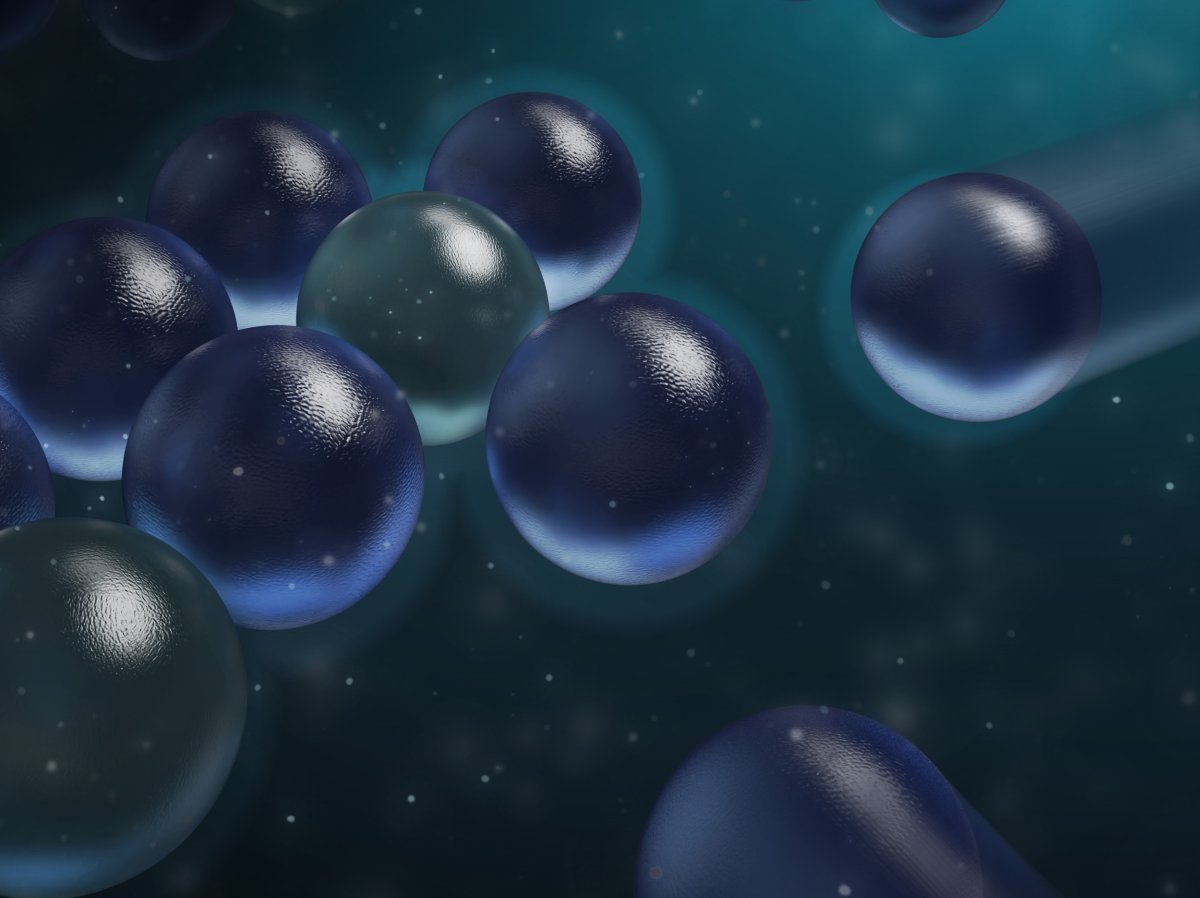"Opposites charges attract; like charges repel" is a long-held fundamental principle of physics that you might have heard at school, but your teacher may have been wrong.
Researchers from the University of Oxford's chemistry department found that like-charged particles submerged in solutions were able to attract each other from long distances, depending on the solvent used and the sign of the charge.
The study has been published in the journal Nature Nanotechnology.
Researchers believe their study will change the way scientists think about processes such as how medicines and chemicals stay stable or how certain diseases develop. They also discovered a way to measure properties of the electrical charge caused by solvents, which was previously thought impossible.
"I am really very proud of my two graduate students, as well as the undergraduates, who have all worked together to move the needle on this fundamental discovery," Oxford Professor Madhavi Krishnan, who led the study, said.
The researchers tracked negatively charged silica microparticles that were suspended in a solution and discovered that these particles did indeed attract each other, forming hexagonally arranged clusters when they did.
"I still find it fascinating to see these particles attract, even having seen this a thousand times," Sida Wang, the first author on the study, said.
Although these negatively charged particles attracted each other, positively charged ones did not.

The scientists believe the phenomenon is caused by an attractive force only present in water that outweighs the usual electrostatic repulsion, allowing these clusters to form.
This attractive force had no effect on positively charged particles in water, however.
Scientists found that they were able to manipulate the formation of these clusters by varying the Ph (acidity). However, no matter what the Ph was, the positively charged particles still did not attract.
Throughout the study the team also wondered whether the effect on these charged particles could be changed when the solvent was changed.
When they changed the solution to alcohol rather than water, they observed positively charged silica particles forming these clusters, while negatively charged particles did not.
"Here we demonstrate experimentally that the solvent plays a hitherto unforeseen but crucial role in interparticle interactions, and importantly, that interactions in the fluid phase can break charge-reversal symmetry," the study's authors wrote.
"We show that in aqueous solution, negatively charged particles can attract at long range while positively charged particles repel. In solvents that exhibit an inversion of the net molecular dipole at an interface, such as alcohols, we find that the converse can be true: positively charged particles may attract whereas negatives repel."
Update 03/01/24, 06:14 a.m. ET: This article was updated with additional information.
Uncommon Knowledge
Newsweek is committed to challenging conventional wisdom and finding connections in the search for common ground.
Newsweek is committed to challenging conventional wisdom and finding connections in the search for common ground.
About the writer
Robyn White is a Newsweek Nature Reporter based in London, UK. Her focus is reporting on wildlife, science and the ... Read more
To read how Newsweek uses AI as a newsroom tool, Click here.






